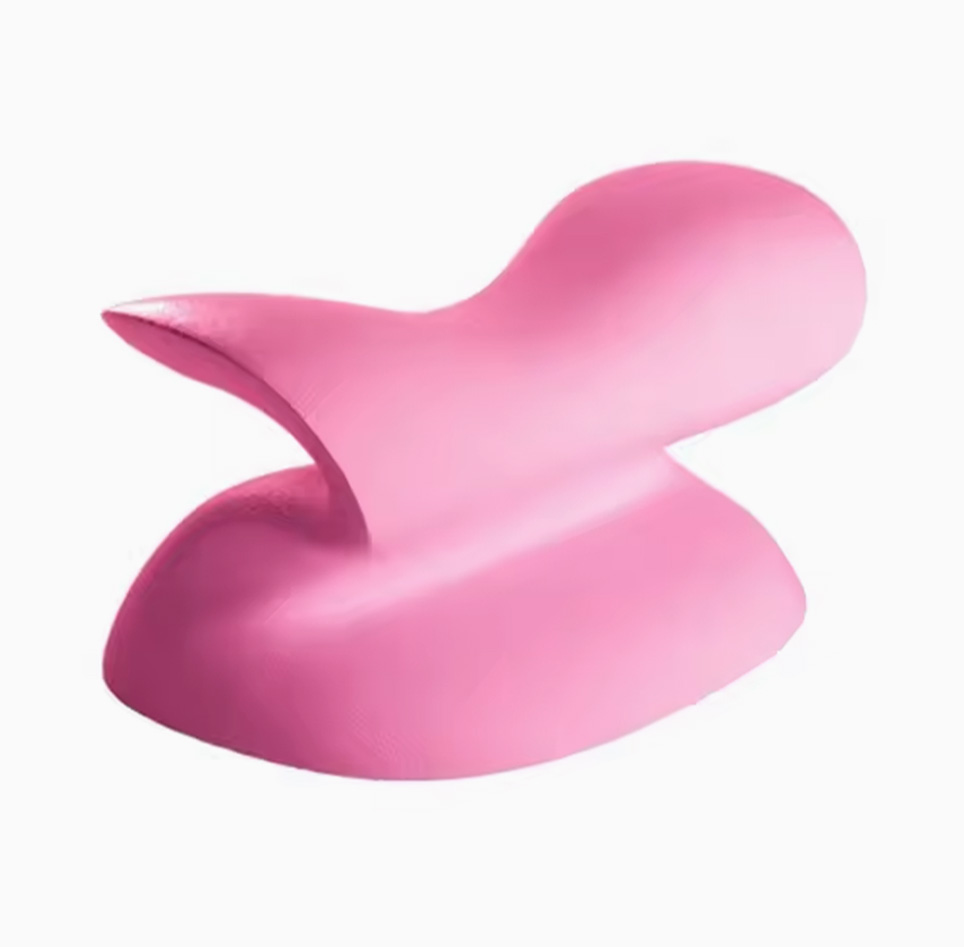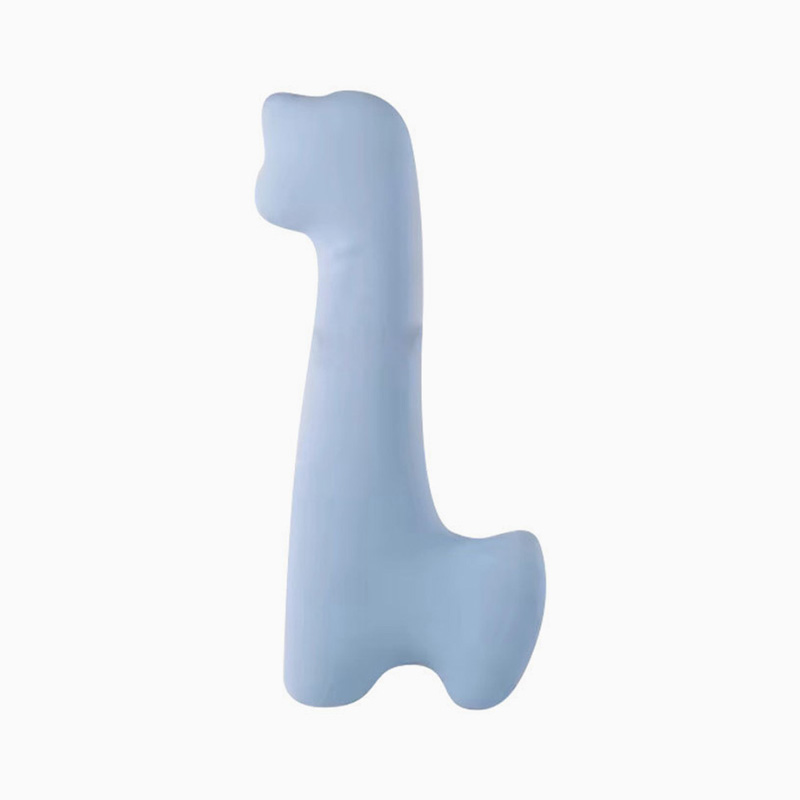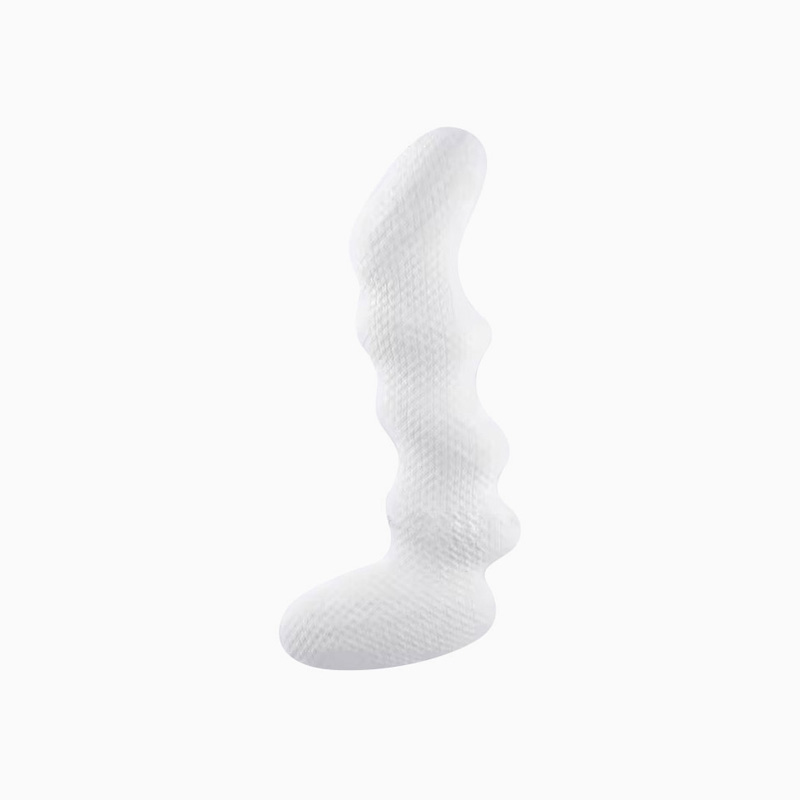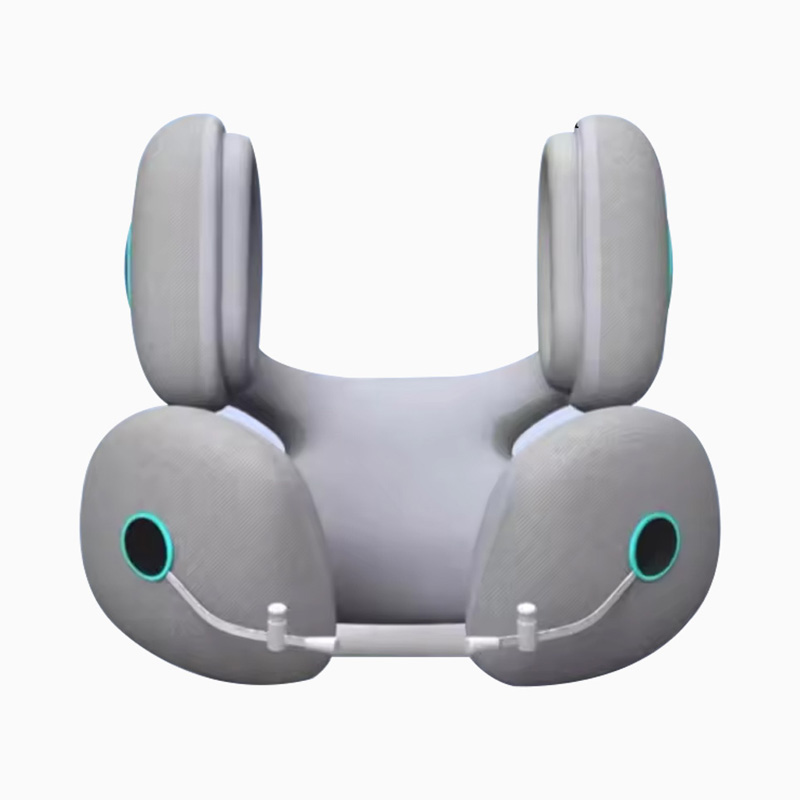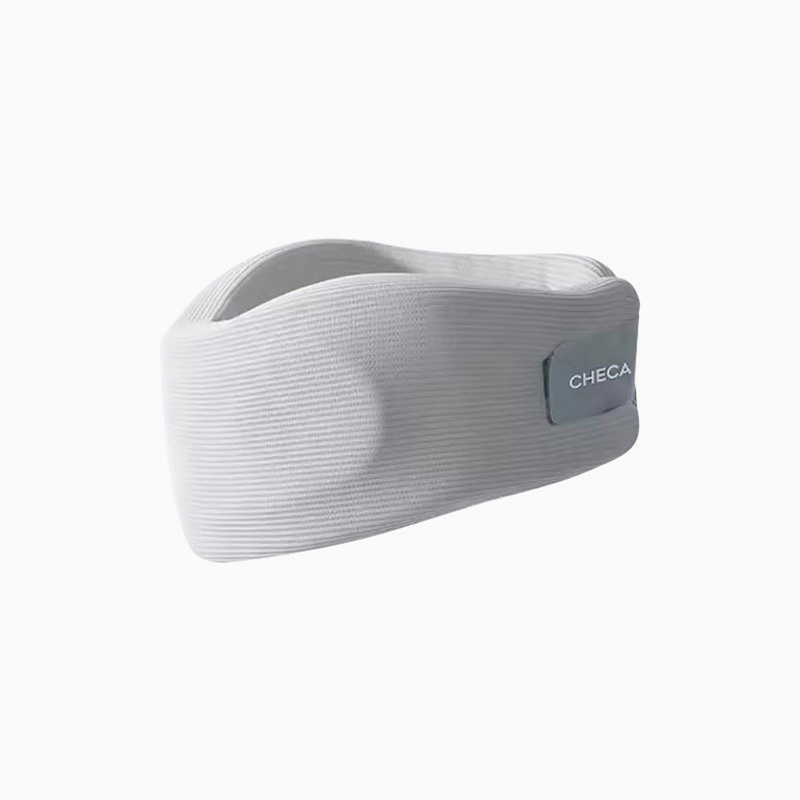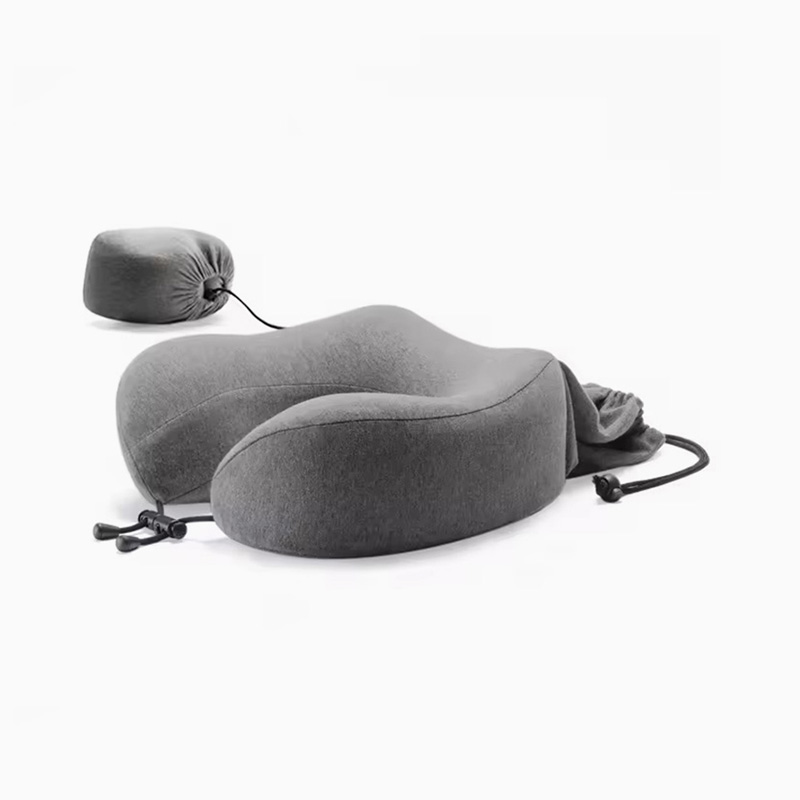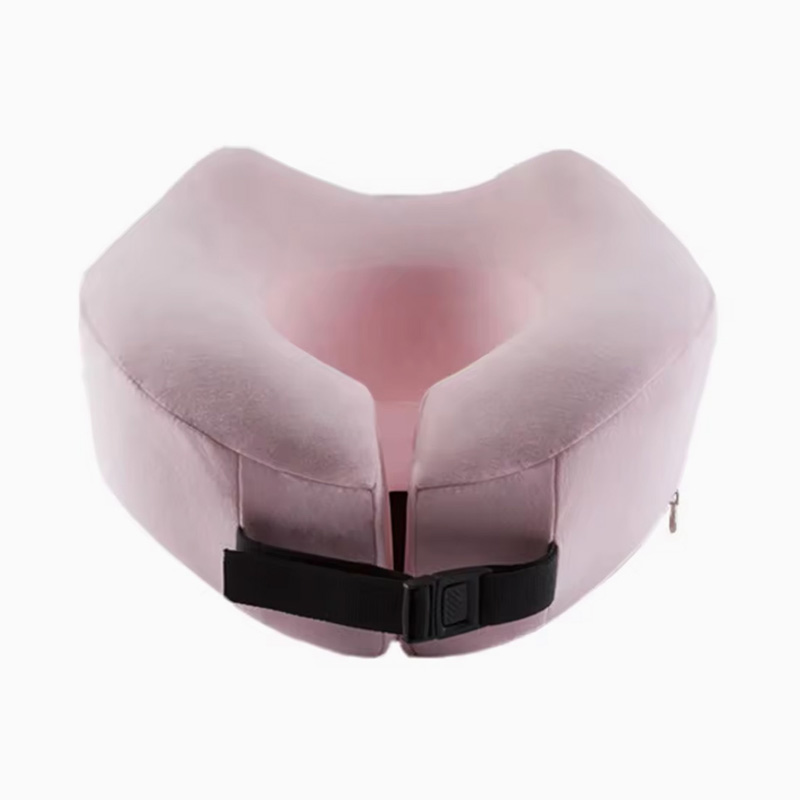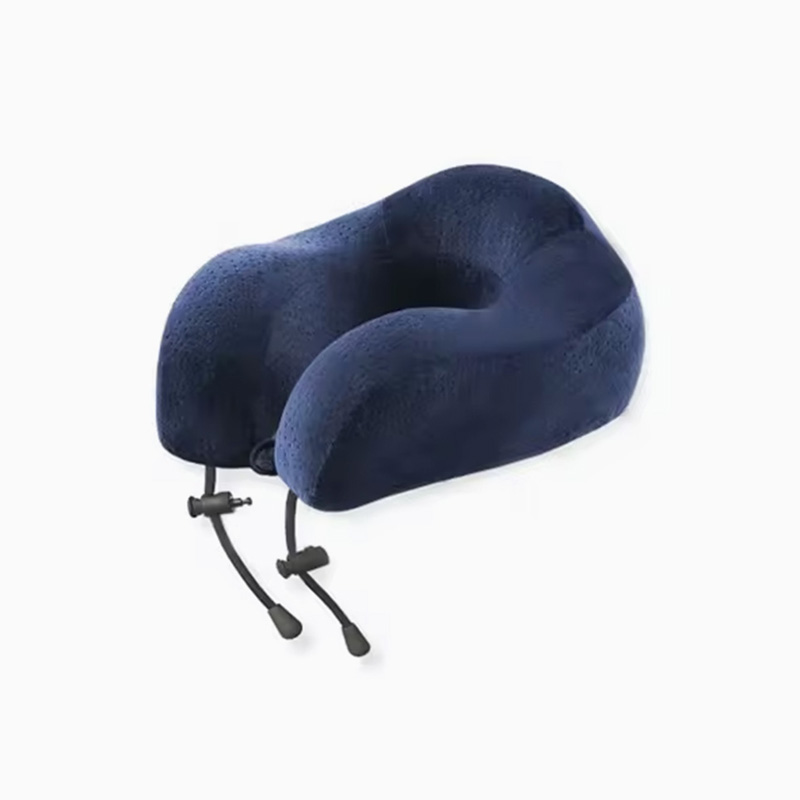Does the thickness and curve design of the memory foam seat cushion conform to the human ischial structure
Memory Foam Seat Cushion is an ergonomic auxiliary product made of slow-rebound polyurethane material. It is widely used in daily sitting scenes such as offices, cars, wheelchairs, and homes. Its biggest advantage lies in the intelligent sensing and effective dispersion of human pressure. It can gradually fit the human body curve according to the individual's weight and temperature, thereby achieving a higher degree of comfort and support.
Basic Overview of Human Sciatic Structure
When the human body is in a sitting state, the ischial tuberosities mainly bear the weight of the trunk. The ischial tuberosities are part of the pelvis and are the two main force points when the buttocks contact the cushion. If the support is not appropriate, it is easy to cause sciatic compression, blood circulation disorders, increased lumbar burden, coccyx pain and other problems. Therefore, the design of the seat cushion must scientifically fit the physiological structure of the sciatic bone to achieve the effect of no pain after sitting for a long time and reasonable support.
Thickness design standard of memory foam seat cushion
Optimal thickness range: 5-10 cm
The thickness of mainstream memory foam seat cushions is mostly between 5 cm and 10 cm. In this thickness range, memory foam can provide a soft fit without sinking too deep, maintaining the ability to effectively support the sciatic bones. Cushions with a thickness of less than 4 cm may not be able to effectively buffer the sciatic pressure, while products with a thickness of more than 10 cm may cause unstable posture or sitting posture deviation.
Multi-layer structure: support and pressure distribution are equally important
High-end cushion products often use a double or three-layer structure, with the upper layer being low-density slow-rebound memory foam to fit the body curve, and the lower layer being high-density support foam to provide stable support. Some products also have a gel layer or latex embedded in the middle to enhance breathability and antibacterial function. This layered structure not only optimizes the efficiency of thickness use, but also enhances the cushioning and protective effect on the sciatic bones.
Curve design and physiological fit of the sciatic bones
U-shaped hollow structure: decompression of the coccyx area
The U-shaped hollow design (Coccyx Cut-out) is the mainstream memory foam cushion form in the current market. This design deliberately suspends the coccyx area to effectively reduce coccyx pressure and prevent problems such as hemorrhoids, coccyx spondylitis and postoperative tenderness. At the same time, two natural concave areas are formed in the sciatic area, which accurately wrap the ischial tuberosity of the human body to achieve uniform force.
Partition support: anatomical fine simulation
High-quality memory foam seat cushions are often designed based on three-dimensional scanning of the human pelvic model. The surface presents a contour structure with a micro-arc transition, simulating the natural contour of the buttocks. The sciatic area is slightly lower, the gluteal area is slightly higher, and the thigh root is slightly upturned, forming a "bionic sitting support surface". This design not only avoids the tenderness caused by the sciatic suspension, but also helps to reduce buttocks numbness and nerve compression caused by long-term sitting.
Midline groove: protect the alignment of the central axis of the spine
Some high-end products have a shallow groove in the midline of the seat cushion to avoid the concentration of the spinal force points, which is conducive to users to maintain the neutral position of the spine and reduce the discomfort caused by lumbar lordosis or kyphosis. This detailed design is of great significance to sedentary office workers, drivers and people recovering from spinal surgery.
Thickness and curve matching adaptability to human weight
The rebound time and support performance of memory foam seat cushions are highly dependent on their density (usually between 40D and 80D) and compression hardness index (ILD). For users of different weights, manufacturers will adjust the thickness and curve matching ratio. For example:
For people with a weight of <60kg: it is recommended to use a seat cushion with a thickness of 6-7cm and lower hardness, which fits the curve more clearly;
For people with a weight of 60-90kg: the standard thickness is about 8cm, which has good dynamic support;
For people with a weight of >90kg: it is recommended to use a 9-10cm thickened design, with a higher density of the inner core, firmer curve support, and prevent collapse.

 English
English عربى
عربى previous post
previous post



